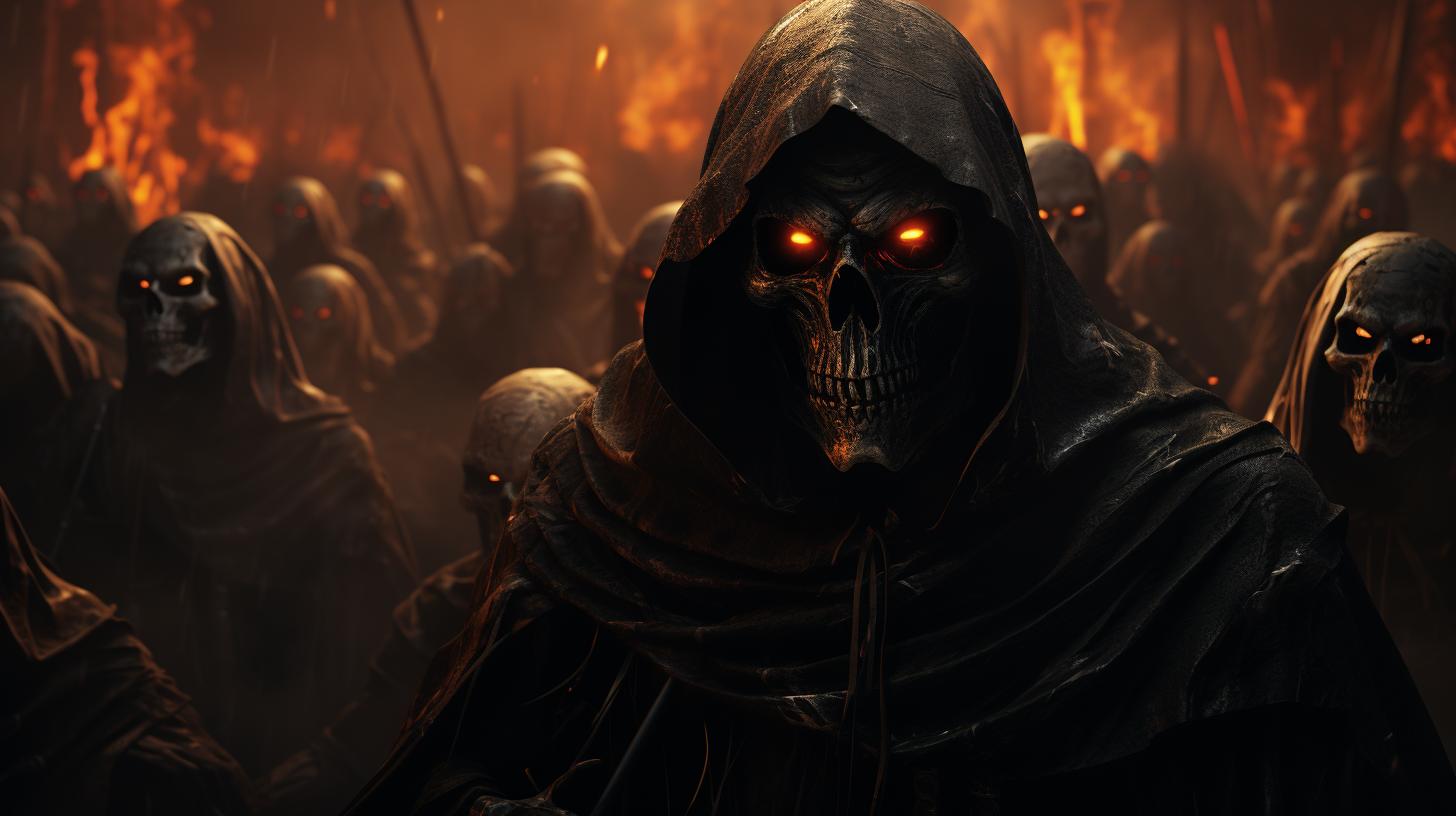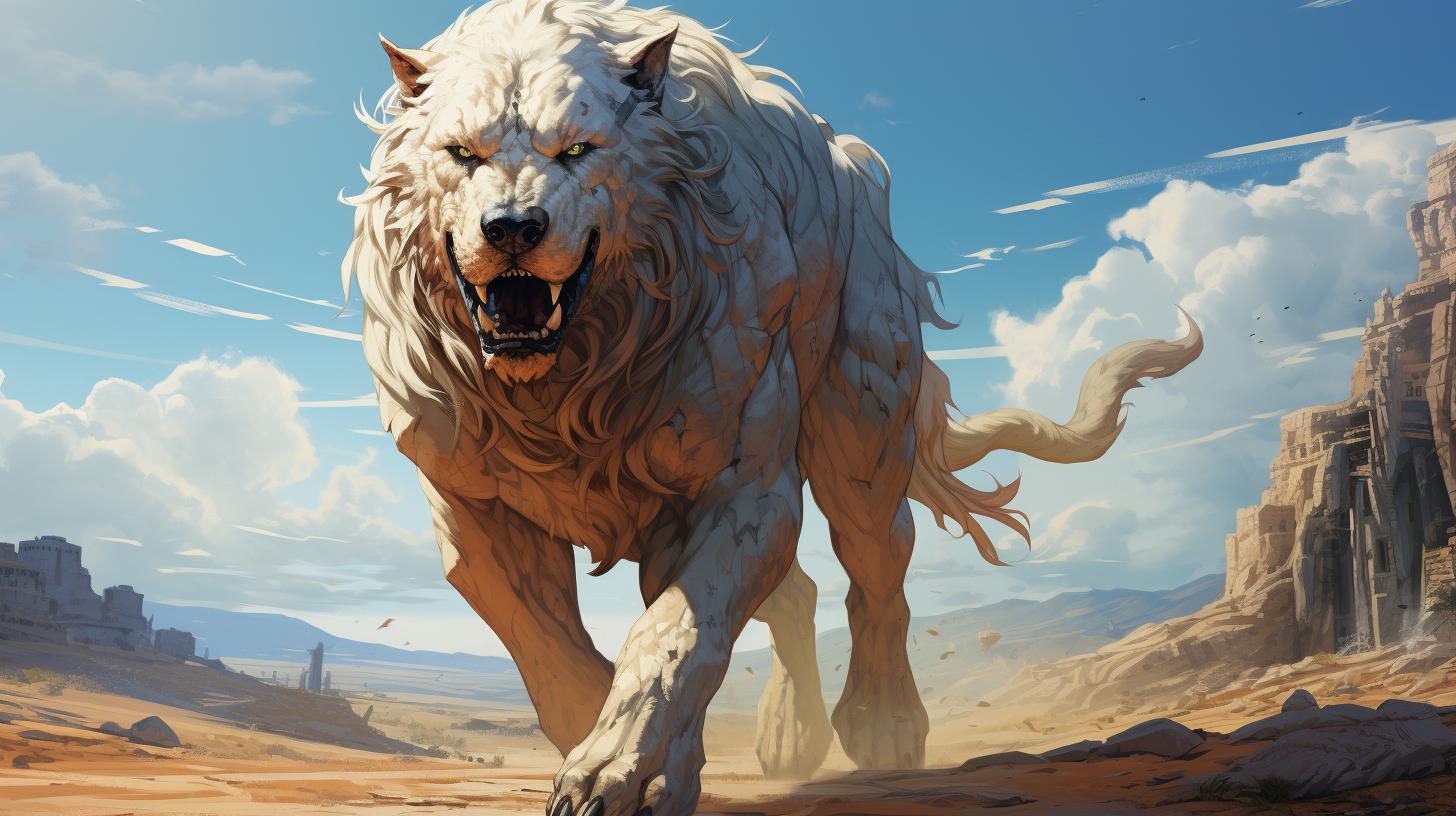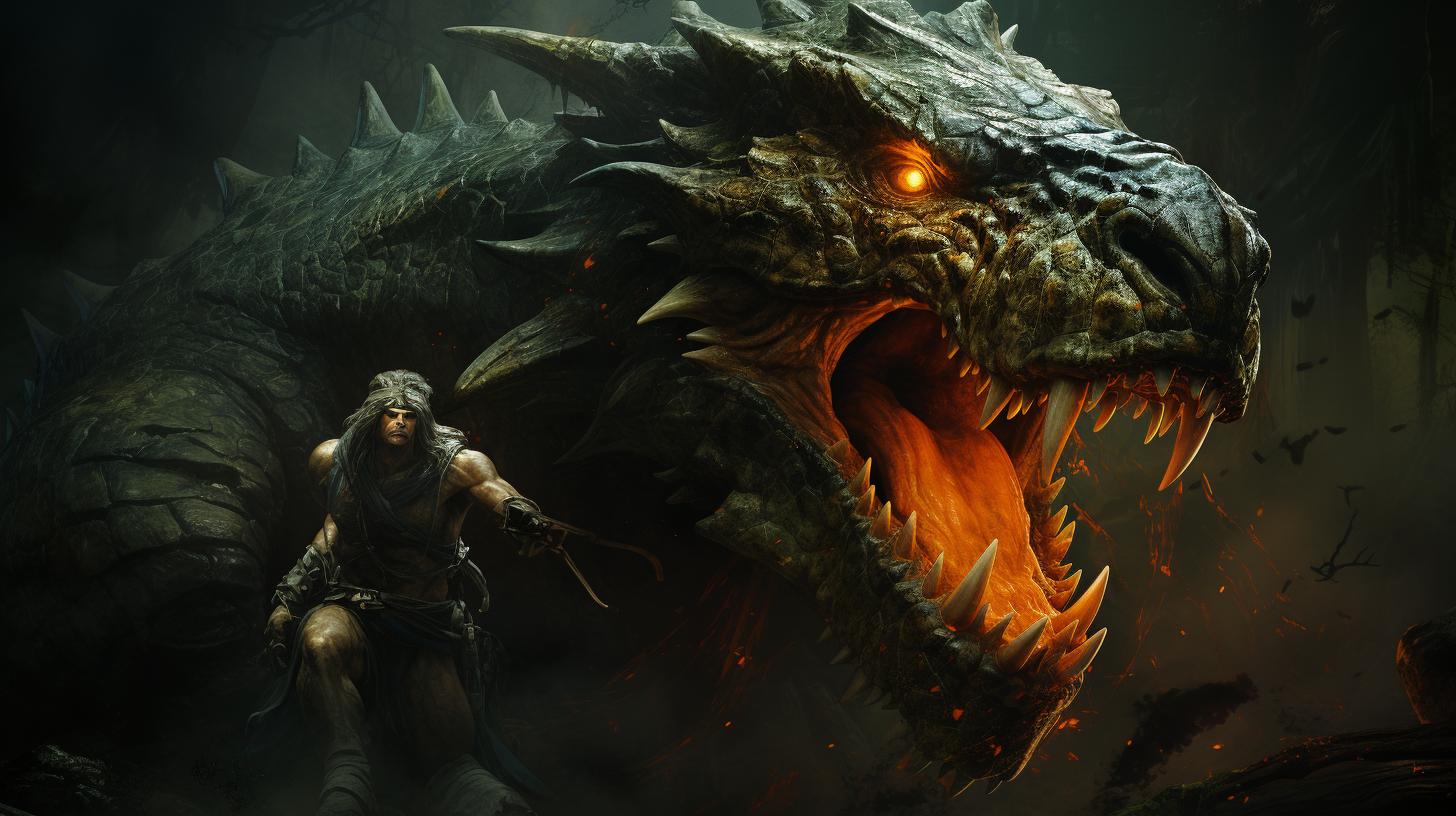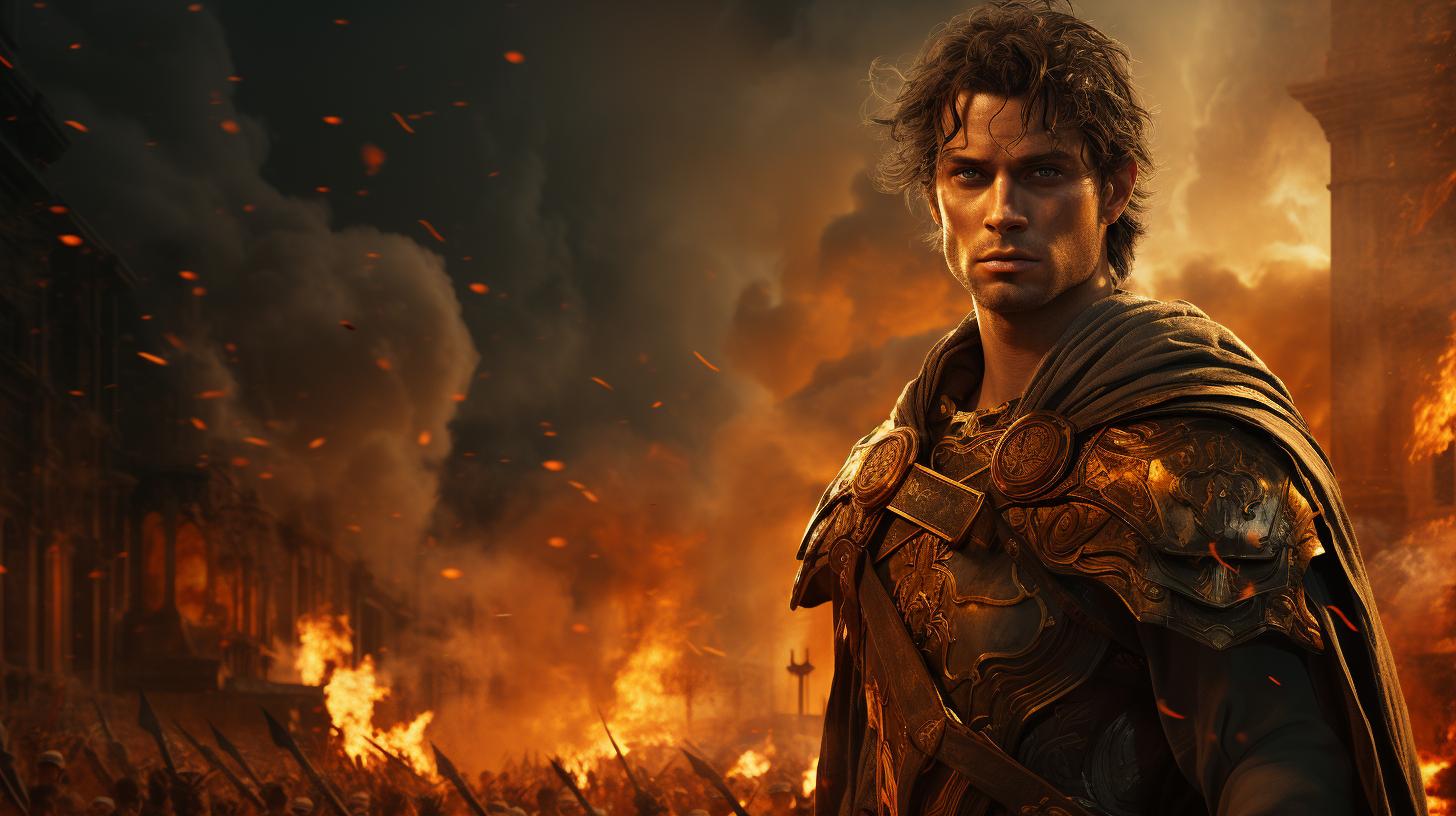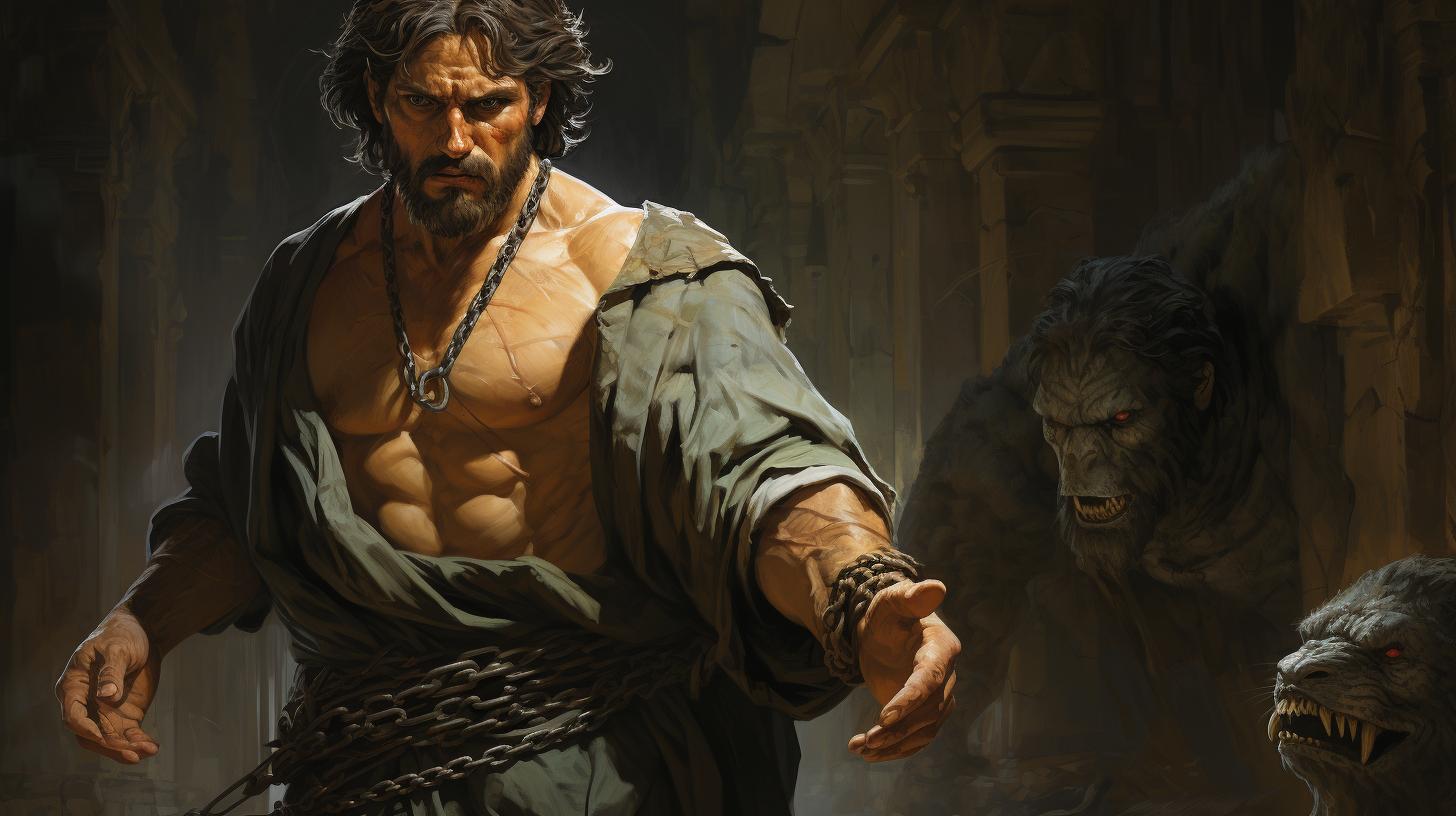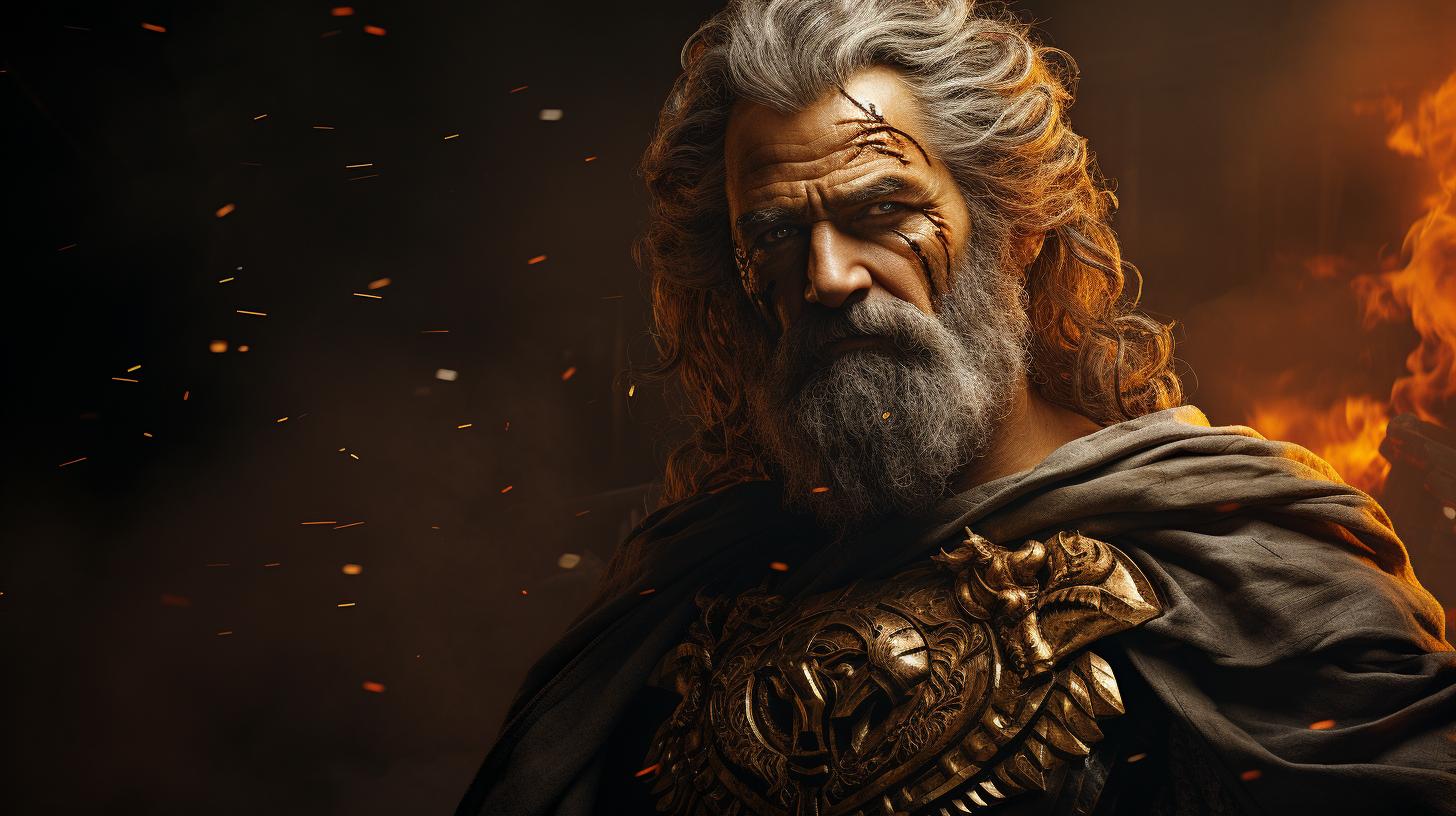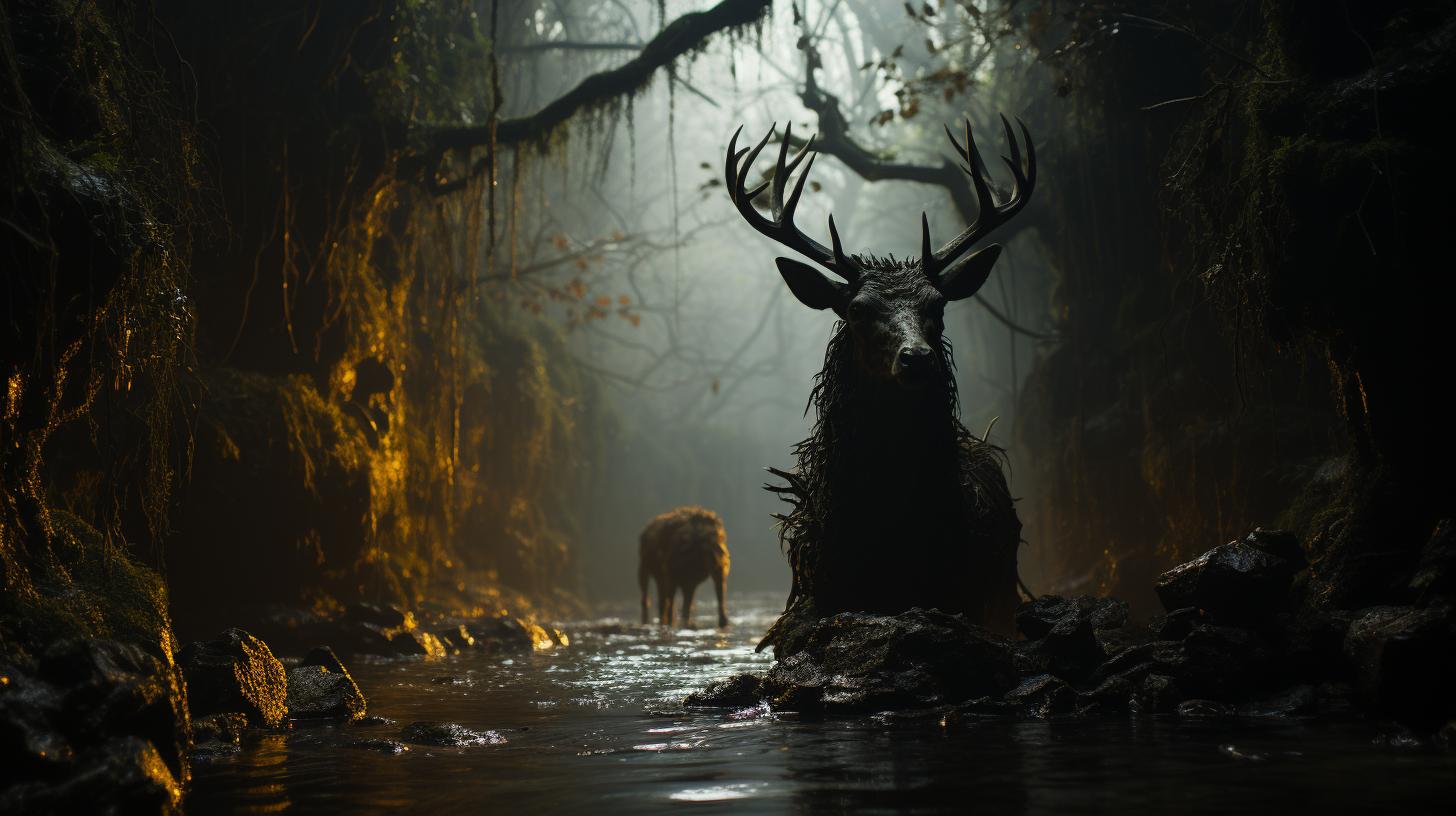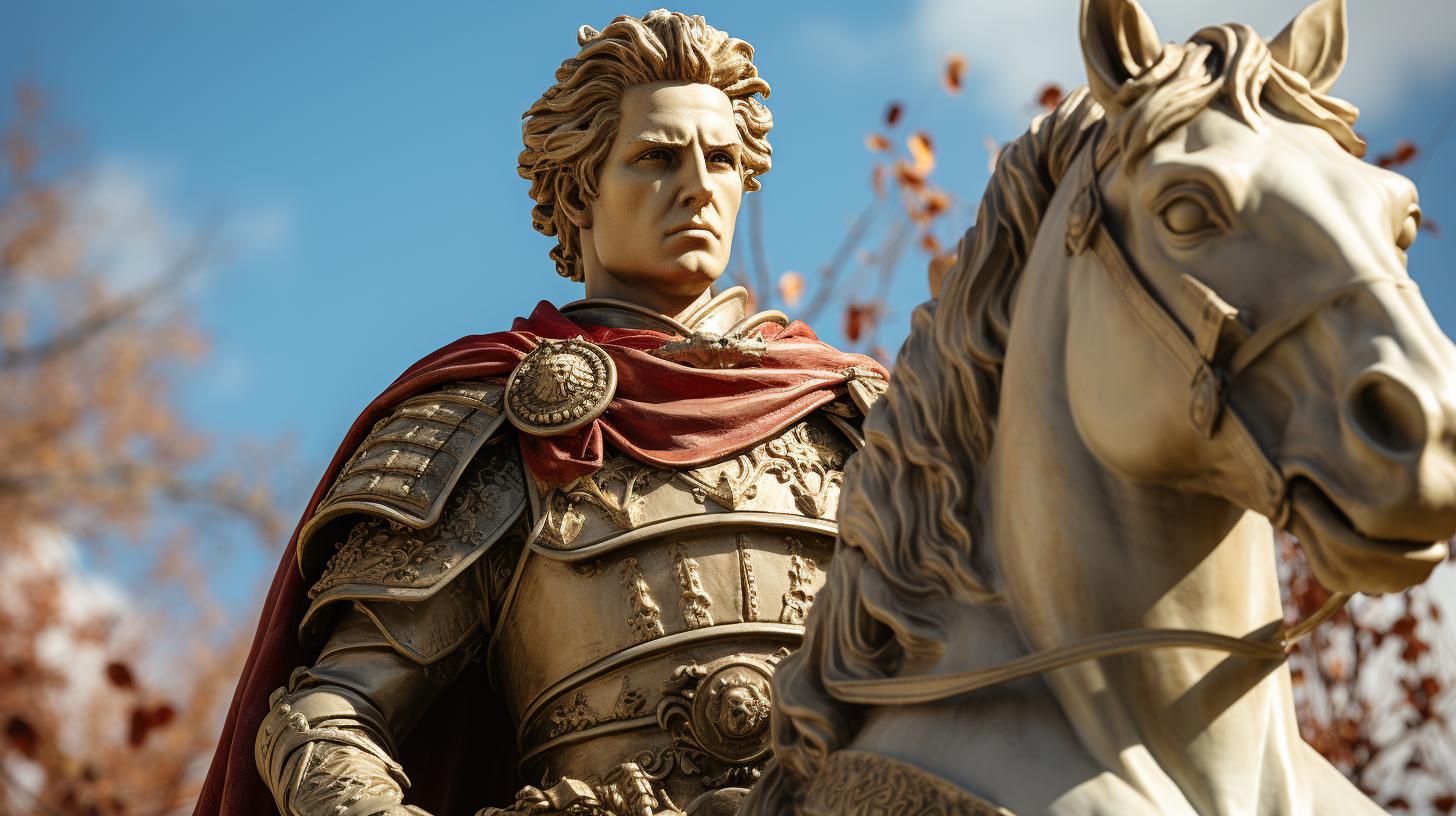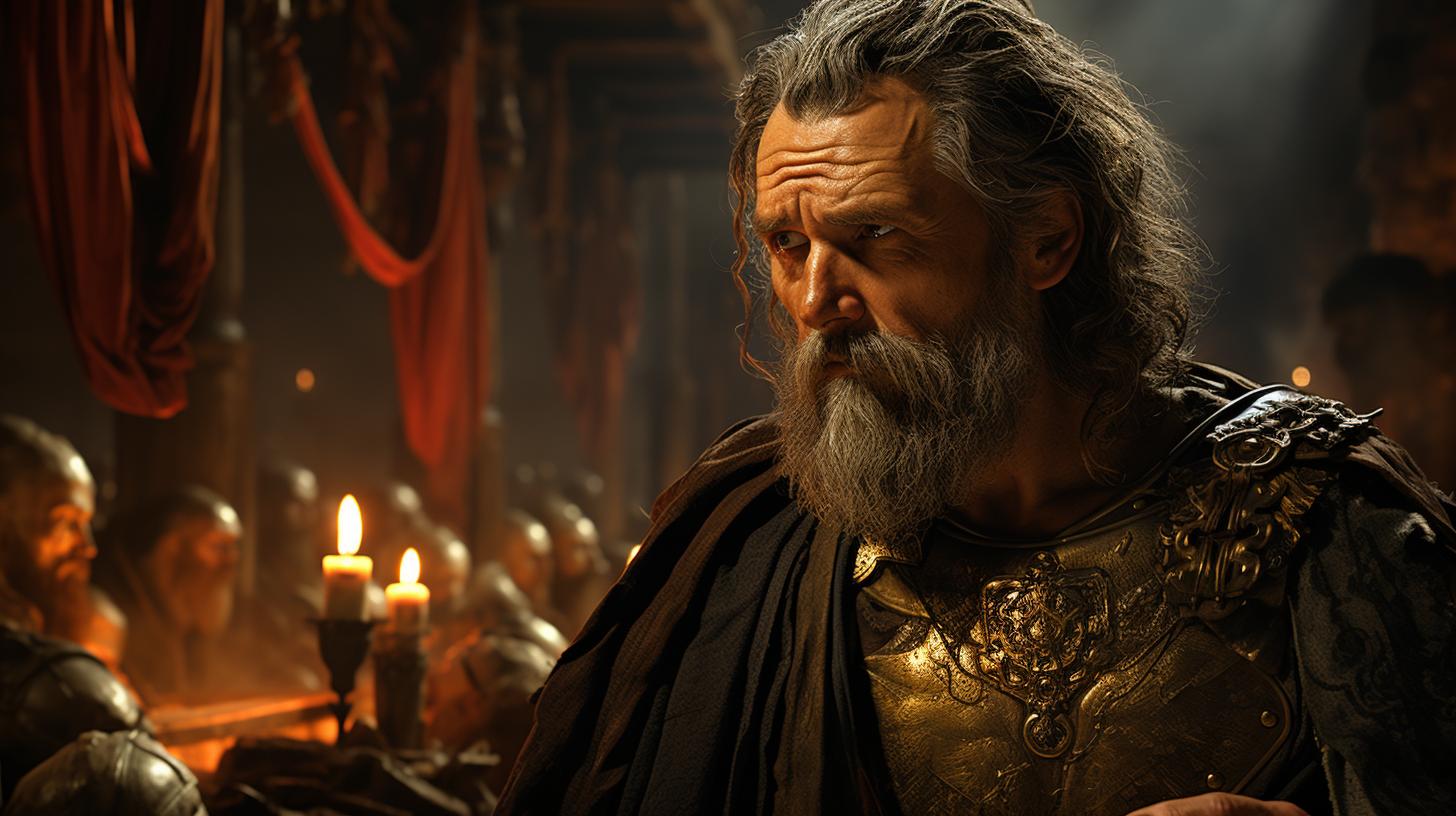The Keres Greek Mythology: Fearsome Spirits of Violent Death
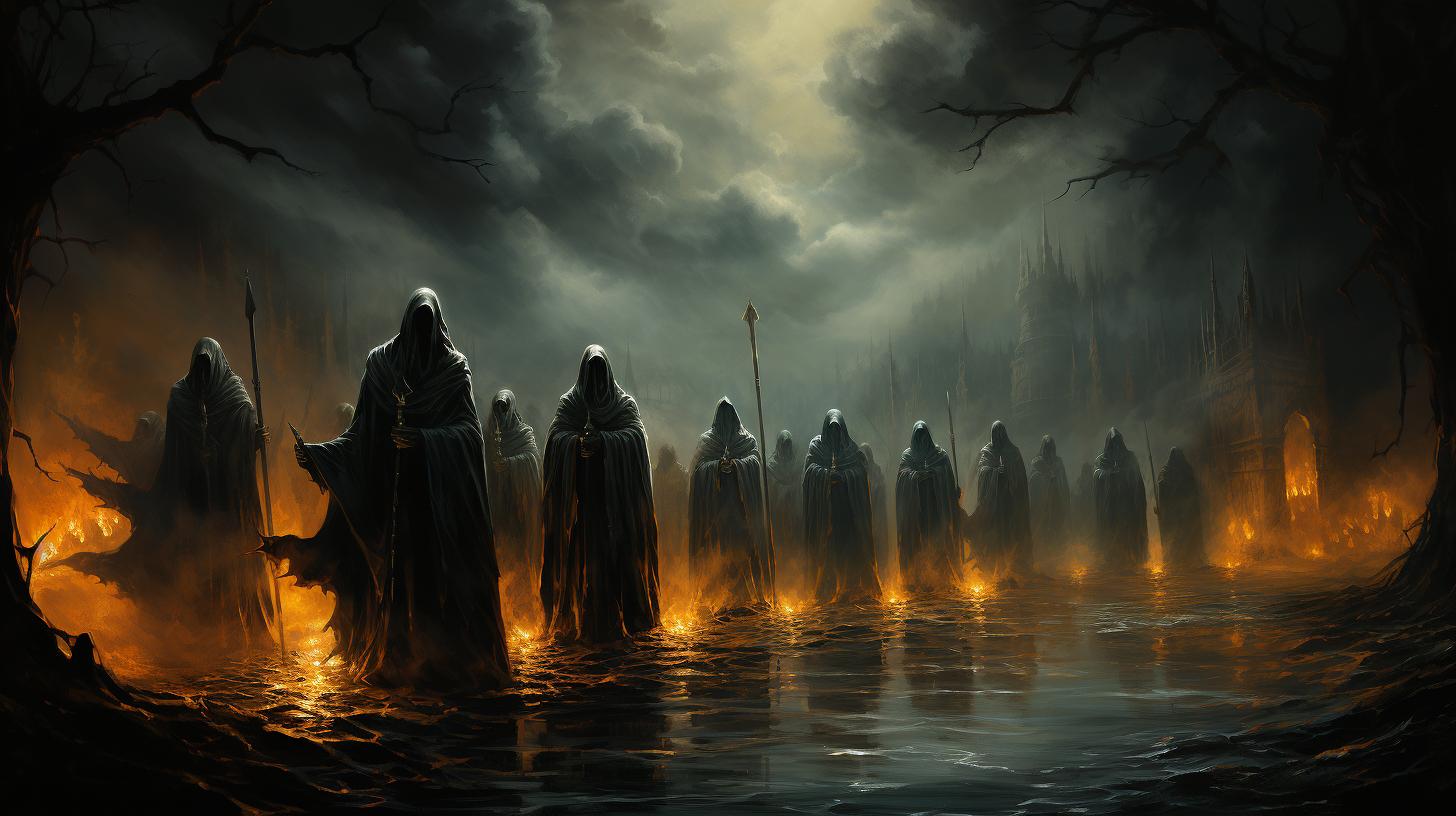
The Keres Greek mythology revolves around the grim reapers of the Greek world. These female spirits were closely associated with violent death, embodying the cruel and destructive aspects of mortality.
Their interactions with mortals and gods, as well as their connections to other deities like Thanatos and the Moirai, offer intriguing insights into their mythological significance. Additionally, the symbolism of the Keres reflects their dark and punitive nature, often being linked to epidemics and diseases.
Exploring their role in legends and stories, as well as their comparisons with similar entities in other cultures, enhances our understanding of these powerful mythological figures.
Keres and Death: Grim Reapers of the Greek World
The Keres, in Greek mythology, embody the concept of violent death and serve as grim reapers.
They are associated with the darker, more destructive aspects of mortality. Understanding their role in the Greek world provides insights into the complex relationship between life and death in ancient Greek culture.
Connection between Keres and Violent Death
The Keres are closely linked to violent death, specifically deaths caused by acts of violence or cruelty. They are believed to be the agents of the Moirai and Moros, responsible for separating the souls of the fatally wounded from their bodies and sending them to the underworld of Hades. Similar to vultures, they feast on blood and compete with one another on the battlefield for the bodies of the deceased.
Interaction of Keres with Mortals and Gods
While the Keres do not possess absolute power over human life, the gods, particularly Zeus and the Olympian deities, possess the ability to intervene and influence their actions. The gods are often depicted standing alongside their favored mortals in battle, protecting them from the Keres and preventing harm from befalling them.
This interaction highlights the power struggle between the forces of life and death, with the gods acting as guardians against the Keres’ destructive influence.
Mythological Associations: Keres and Other Deities
The Keres, powerful female spirits of violent death, have significant mythological associations with other deities in Greek mythology. These connections shed light on their origin, role, and significance within the divine hierarchy.
Keres as Offspring of Nyx and Erebus
According to mythology, the Keres are believed to be the offspring of Nyx (Goddess of Night) and Erebus (God of Darkness). This lineage establishes a direct association between the Keres and the realms of darkness and death.
Their divine parentage amplifies their aura of terror and adds weight to their role as agents of mortality.
Relationships with Thanatos, Moirai, and Other Gods
The Keres share significant connections with other deities, notably with Thanatos (God of Peaceful Death), Moirai (the Fates), and other gods in the Greek pantheon. Thanatos, as the brother of the Keres, represents a gentler form of death, contrasting their violent nature.
The Moirai also interact with the Keres, further intertwining their respective roles in determining life’s outcome.
The gods, particularly Zeus and the Olympians, possess the ability to intervene in the Keres’ actions.
They can halt or hasten their course, protecting their favored mortals from harm. The presence of gods alongside their chosen warriors in battle shields them from the Keres’ malevolence.
Overall, the mythological associations of the Keres with deities like Thanatos, Moirai, and other gods highlight their complex relationship within the Greek pantheon.
Understanding these connections enhances our comprehension of the larger web of divine forces and their involvement in mortal affairs.
Symbolism of the Keres: Dark and Destructive Powers
The Keres, as female spirits of violent death, hold significant symbolism in Greek mythology. They are associated with dark and destructive powers that extend beyond their role as agents of the Moirai.
Two key aspects of their symbolism are their influence in epidemics and diseases and their interpretations as symbols of punishment.
Influence of Keres in Epidemics and Diseases
The Keres are believed to personify and contribute to the spread of epidemics and diseases. As spirits associated with violent death, they represent the havoc unleashed upon humanity, punishing them for their transgressions.
This connection associates them with plagues and ailments that bring chaos and suffering to those affected.
Interpretations of Keres as Symbols of Punishment
Another significant aspect of the Keres’ symbolism is their role as symbols of punishment. Their presence serves as a reminder of the consequences that accompany violent acts and immoral behavior. The Keres embody a terrifying force that enforces justice and retribution, ensuring that wrongdoers face the appropriate consequences for their actions.
In summary, the Keres possess a profound symbolic significance in Greek mythology. Their representation as influencers of epidemics and diseases reflects their capacity to inflict widespread devastation, while their interpretation as symbols of punishment underscores the consequences of immoral actions.
Understanding the symbolism behind the Keres sheds light on the deeper thematic elements present in Greek mythology and the way the ancient Greeks perceived the balance between life and death.
Legends and Stories: Keres in Greek Mythology
Legends and stories surrounding the Keres in Greek mythology have captivated generations with their dark and ominous narratives. These tales reveal the Keres’ presence in significant events, including the infamous Trojan War and encounters with various heroes and gods.
Keres in the Context of the Trojan War
During the Trojan War, the Keres played a prominent role, representing the brutal outcome of conflict and the horrific aftermath of battle. They were believed to descend upon the battlefield, feasting on the souls of fallen warriors, spreading chaos and despair in their wake.
Famous Encounters with the Keres in Greek Mythology
Greek mythology is replete with tales of courageous heroes confronted by the relentless Keres. One such encounter involves Heracles, who faced numerous Keres as he undertook his legendary Twelve Labors.
Another intriguing encounter is the story of Perseus, who battled Keres while on his quest to slay the monstrous Medusa.
- Keres tormenting Heracles during his Twelve Labors
- Perseus facing off against Keres on his quest to defeat Medusa
These stories emphasize the ferocity and relentless nature of the Keres, serving as cautionary tales of the consequences of violence and recklessness.
Comparisons and Similarities: Keres in Different Cultures
Parallel Entities in Other Mythologies (e.g. Valkyries)
While the Keres have a distinct role in Greek mythology, similar figures can be found in other mythological traditions. One such parallel can be drawn with the Valkyries from Norse mythology.
Both the Keres and Valkyries are associated with battlefields and have a connection to death.
However, there are significant differences between the two. Valkyries are warrior maidens who choose who will live and die in battle, while the Keres are spirits that collect the souls of the slain.
Additionally, Valkyries are seen as benevolent beings, selecting worthy warriors for an afterlife in Valhalla, whereas the Keres are often depicted as fearsome and destructive.
Distinctions between the Keres and Similar Figures
Although the Keres share similarities with entities in other mythologies, it is important to distinguish them from these similar figures.
While the Keres are specifically associated with violent and cruel deaths, other figures like the Fates or the Grim Reaper may have broader roles and encompass all types of death.
Moreover, the Keres’ connection to disease and epidemics sets them apart from other death-related beings. They are often depicted as personifications of plagues and play a role in punishing humanity for their sins.
This distinctive aspect further emphasizes the terrifying nature of the Keres.
- The Keres are associated with violent and cruel deaths.
- Similar figures, such as Valkyries, have connections to death but have different roles and characteristics.
- Entities like the Fates or the Grim Reaper have broader roles compared to the specific focus of the Keres.
By examining these comparisons and distinctions, we can gain a deeper understanding of the unique role that the Keres play in Greek mythology and their significance in relation to death-related figures in different cultures.
Interpretations and Impact: Modern Understanding of the Keres
Significance of the Keres in Ancient Greek Society
The Keres held a significant role in ancient Greek society, representing the primal forces of violent death. Their presence invoked fear and awe, reminding humans of the inevitable fate that awaited them.
The belief in Keres served as a reminder of the consequences of transgressions and the need for proper conduct. The rituals and offerings made to appease these spirits demonstrate the importance placed on honoring and respecting the cycle of life and death.
Influence of Keres in Literature, Art, and Popular Culture
The Keres have left a lasting impact on various forms of artistic expression throughout history. In ancient Greek literature, they often served as harbingers of doom and the ultimate demise of heroes, adding a sense of foreboding to epic tales.
In art, their menacing and ghastly appearances were captured in paintings and sculptures, invoking both fascination and fear. Today, the Keres continue to inspire contemporary writers, artists, and filmmakers, influencing the portrayal of death and otherworldly entities in popular culture.
With the rise of modern interpretations and adaptations of Greek mythology, the Keres remain a captivating and enduring presence. Their grim symbolism and association with violent death continue to fascinate audiences, reminding us of the darker aspects of the human experience and the frailty of life itself.
.











